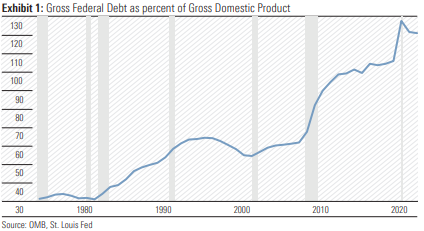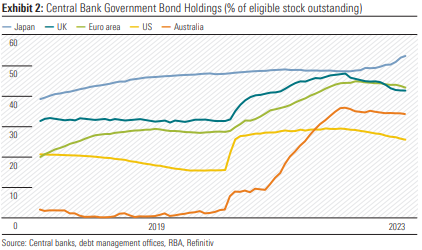Today I want to talk about something that’s been in the news a lot lately: the US debt ceiling. You might have heard that the US is running out of money and could default on its debts soon, unless Congress agrees to raise the limit on how much the government can borrow. But what does that mean for the US currency and economy? And how does it affect us here in Australia? Let’s find out!
First of all, what is the debt ceiling? It’s basically a legal cap on how much debt the US can have at any given time. The current limit is $31.4 trillion, which is more than the entire value of the US economy ($23.3 trillion). The US hit that limit in January this year, and since then the Treasury has been using some tricks to keep paying its bills, like borrowing from other accounts or delaying payments. But these tricks won’t last forever, and the Treasury says it will run out of money by June 1.

If that happens, the US would default on its debts for the first time in history. That means it would not be able to pay back its lenders, which include foreign governments, banks, investors and even ordinary Americans who own bonds or savings accounts. This would have serious consequences for the US and the world economy, because the US dollar is the most widely used currency in international trade and finance. If people lose faith in the US dollar, they might demand higher interest rates to lend to the US or switch to other currencies. This could cause a rise in inflation, a drop in growth and a loss of jobs.
The US also has a credit rating, which is like a score that reflects how likely it is to pay back its debts. The higher the rating, the lower the interest rate and the easier it is to borrow money. The US used to have a AAA rating, which is the highest possible, but it was downgraded to AA+ in 2011 after a similar debt ceiling crisis. If the US defaults again, it could face another downgrade or even lose its rating altogether. This would make it harder and more expensive for the US to borrow money in the future, and could also affect other countries that are linked to the US economy.
So what can be done to avoid this disaster? Well, the obvious solution is to raise the debt ceiling, which would allow the Treasury to borrow more money and pay its bills on time. But this requires approval from both chambers of Congress: the House of Representatives and the Senate. The problem is that Congress is divided along party lines: the Democrats control the Senate and want to raise the debt ceiling without any conditions, while the Republicans control the House and want to use this opportunity to force spending cuts or other policy changes. This has led to a political deadlock that has lasted for months.
Over the weekend, there was some hope of a breakthrough: President Biden and House Speaker McCarthy reached a tentative deal to suspend the debt ceiling until January 2025, which would give them more time to work out a long-term solution. But this deal still needs to pass both houses of Congress by Friday, and some hardline Republicans have already said they will vote against it. If no deal is reached by June 1, the US will face a default that could trigger a recession and a global financial crisis.

So what does this mean for us here in Australia? Well, as a close ally and trading partner of the US, we would definitely feel some impact if the US defaults on its debts. Our currency could lose value against other currencies, our exports could become more expensive or less competitive, our interest rates could go up and our stock market could fall. We could also see some disruption in our supply chains or financial markets if there is a loss of confidence or liquidity in the global economy.
But there are also some reasons to be optimistic: Australia has a strong and resilient economy that has weathered many shocks before. We have low levels of public debt compared to other countries (about 40 per cent of GDP), we have a AAA credit rating that reflects our fiscal credibility and we have a diverse range of trading partners that reduce our dependence on any single market. We also have a flexible exchange rate that can adjust to changing conditions and cushion some of the effects of external shocks.
So while we should be concerned about what’s happening in the US and hope for a peaceful resolution of this crisis, we should also be confident in our own economic strengths and opportunities.

Recent Comments